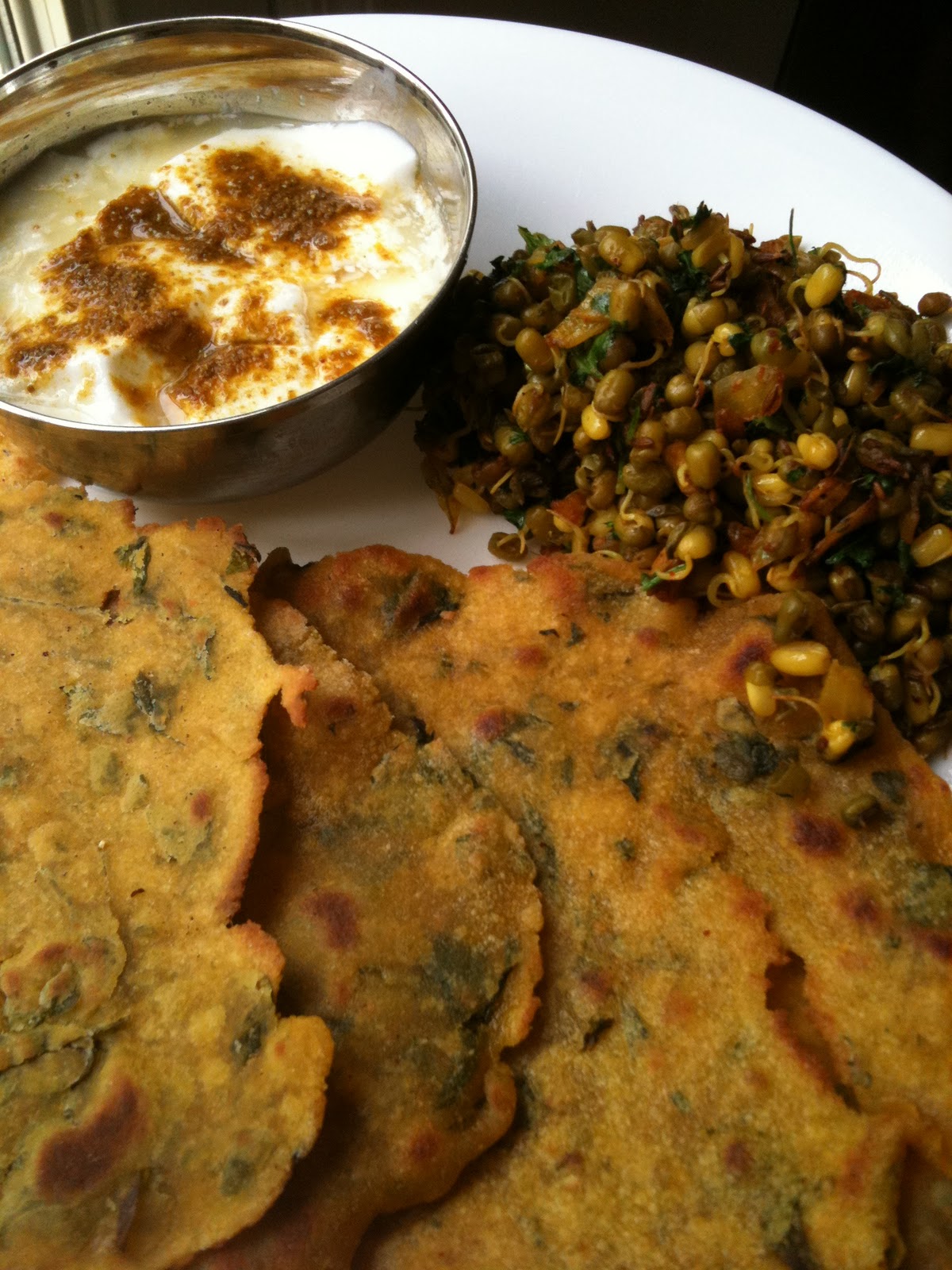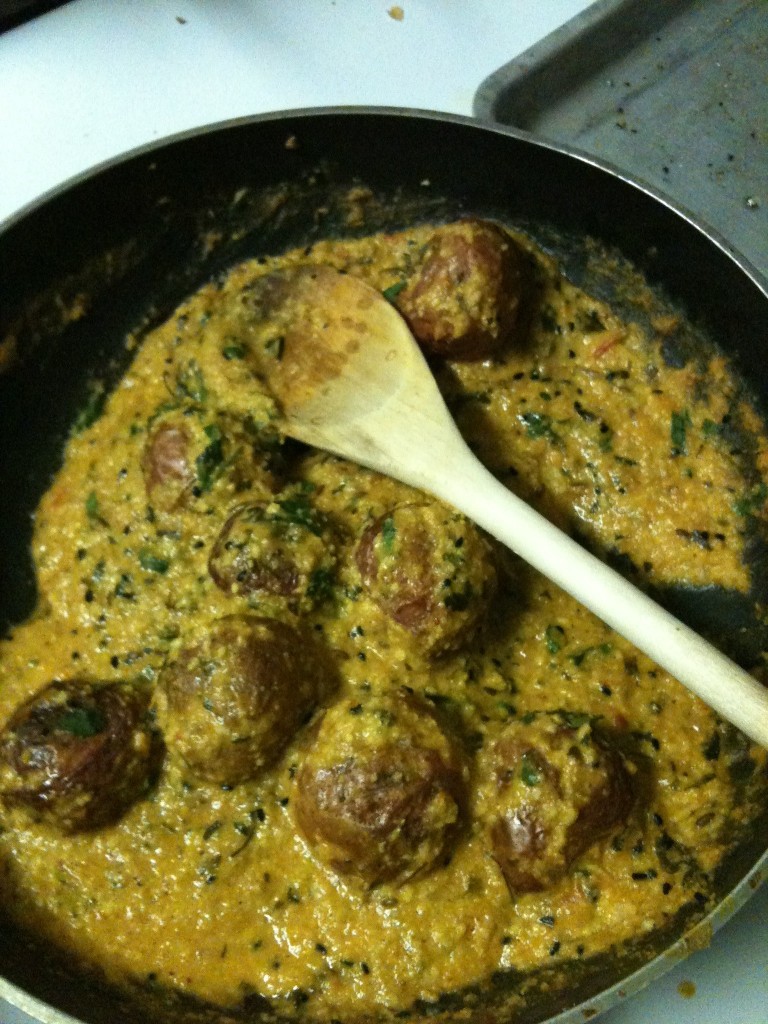Have been MIA a long time, haven’t I?
Maybe you can say that “real life” intervened. Actually, nothing as dramatic as that. P’s parents arrived from India a couple of weeks back. They brought along with them truckloads (okay, that is heavily dramatic) of goodies from home. Some were lovingly made by my mother, mother-in-law, aunts and friends while some were carefully purchased from local stores. Spiral chaklis, ribbon pakodas, crisp jackfruit chips, thin round banana fries, rectangular gol-papdi (possibly my favorite Indian sweet ever), peanut chikki, globular til laddoos, spicy poha chivda… the list goes on. We have managed to make a dent in the supply pretty well, even if I say so. In any case, fried food doesn’t sit well with me. Or my digestive system. It starts to develop an aversion of sorts which works out excellently in terms of preventing me from bingeing on any goodie.
My mother-in-law is a fabulous cook. She has tons of tips and tricks, techniques and methods that she has honed over years and years of cooking for a full house with little help… in addition to working full-time and running a home and taking care of a little kid. She is super-efficient and ingenious with her use of ingredients and resources. In spite of all the years of cooking experience, she is always open to new flavors, cooking techniques and new kinds of foods. Last time she visited was in 2007. Dad-in-law and she stayed us with almost six months. During the entire period, I didn’t step into the kitchen. Or maybe I did… to do the dishes, clean up, all those sundry tasks. This time, I have been doing a lot more than that. Makes me happy to think that I can cook for my in-laws and do a decent job of it as well.
Boy, have I matured as a cook.

